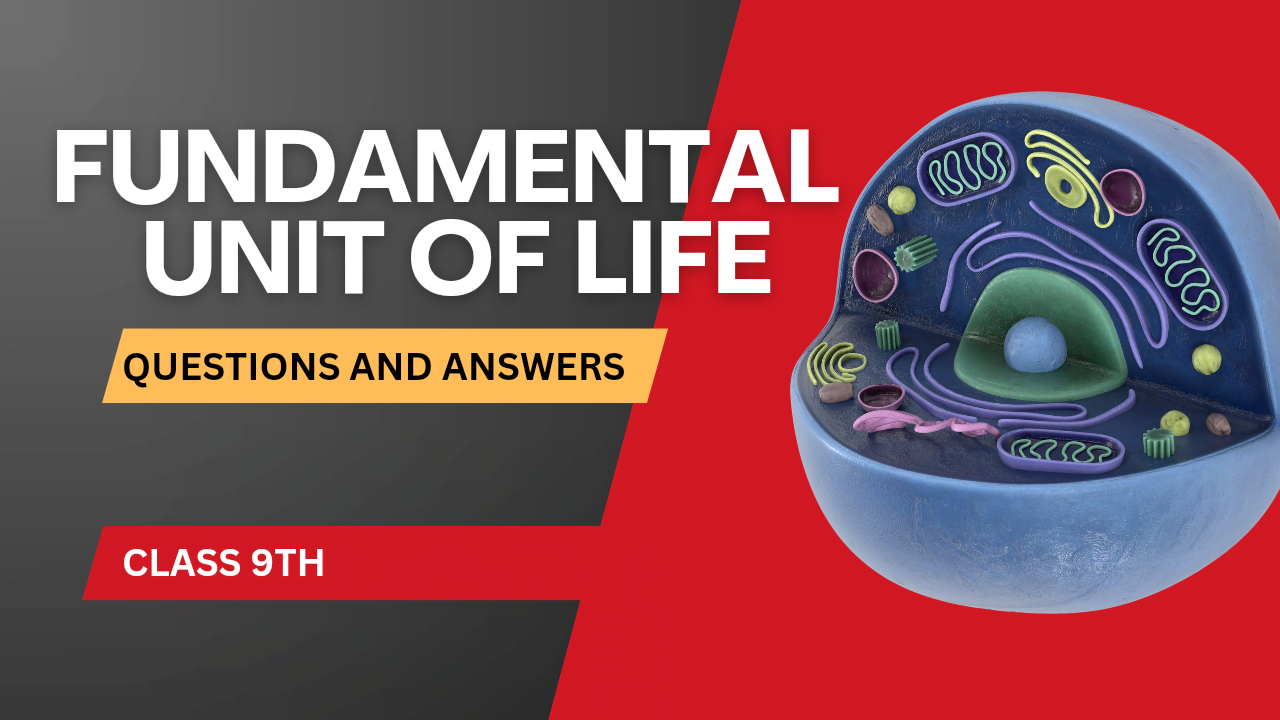Solutions: Exercise 4.2
1. Which one of the following options is true, and why?
y = 3x + 5 has
(i) a unique solution, (ii) only two solutions, (iii) infinitely many solutions
The correct option is (iii) infinitely many solutions.
Reason: For every real value of x that we choose, we can calculate a corresponding real value of y. Since there are infinite possible values for x, there will be infinite corresponding values for y. Each pair (x, y) forms a unique solution.
For example:
If x = 0, then y = 3(0) + 5 = 5. So, (0, 5) is a solution.
If x = 1, then y = 3(1) + 5 = 8. So, (1, 8) is a solution.
If x = -1, then y = 3(-1) + 5 = 2. So, (-1, 2) is a solution.
This process can continue indefinitely.
2. Write four solutions for each of the following equations:
2x + y = 7To find solutions, we can substitute values for x and find the corresponding y.
- If
x = 0: 2(0) + y = 7 => y = 7. Solution: (0, 7) - If
x = 1: 2(1) + y = 7 => y = 5. Solution: (1, 5) - If
x = 2: 2(2) + y = 7 => y = 3. Solution: (2, 3) - If
x = 3: 2(3) + y = 7 => y = 1. Solution: (3, 1)
πx + y = 9- If
x = 0: π(0) + y = 9 => y = 9. Solution: (0, 9) - If
x = 1: π(1) + y = 9 => y = 9 – π. Solution: (1, 9 – π) - If
x = 2: π(2) + y = 9 => y = 9 – 2π. Solution: (2, 9 – 2π) - If
y = 0: πx + 0 = 9 => x = 9/π. Solution: (9/π, 0)
x = 4y- If
y = 0: x = 4(0) => x = 0. Solution: (0, 0) - If
y = 1: x = 4(1) => x = 4. Solution: (4, 1) - If
y = -1: x = 4(-1) => x = -4. Solution: (-4, -1) - If
y = 2: x = 4(2) => x = 8. Solution: (8, 2)
3. Check which of the following are solutions of the equation x - 2y = 4 and which are not:
We check each point by substituting the x and y values into the Left Hand Side (LHS) of the equation and seeing if it equals the Right Hand Side (RHS), which is 4.
4. Find the value of k, if x = 2, y = 1 is a solution of the equation 2x + 3y = k.
Since (2, 1) is a solution, it must satisfy the equation. We substitute the values of x and y into the equation.
Given equation: 2x + 3y = k
Substitute x = 2 and y = 1:
2(2) + 3(1) = k
4 + 3 = k
7 = k



